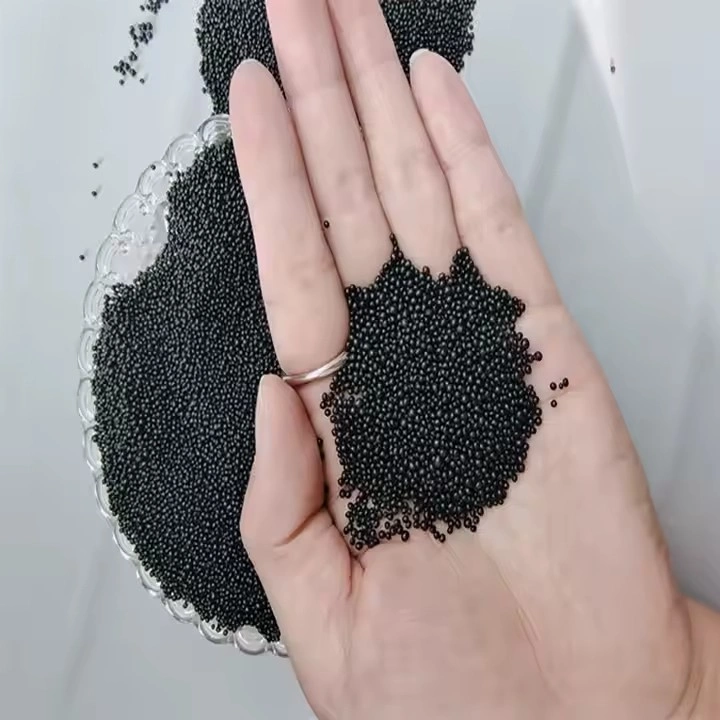As building rules change to focus more on saving energy and cutting down carbon emissions, you deal with stronger demands to hit tougher thermal performance goals. The 2025 changes to energy codes like the International Energy Conservation Code (IECC) and ASHRAE 90.1 push building envelopes to provide better insulation flow and tighter seals. These rule changes call for materials that boost R-values without making walls thicker or limiting design choices.
Advancements in Building Envelope Design for 2025
Evolving Standards for Thermal Efficiency

Continuous insulation has become a key part now for meeting rules. You place it outside the sheathing. It stops heat loss from metal or wood studs. This steady layer helps keep a even thermal shield over the whole building envelope. When you add high R-value materials to outer wall setups, you not only raise energy savings but also gain lasting strength, better comfort for people inside, and fit with code needs.
The Shift Toward High-Performance Insulation Materials
To handle these fresh needs, the market leans toward insulation types with low heat flow, good strength under pressure, and ability to fight off weather damage. Next to old choices like fiberglass or mineral wool, expanded polystyrene (EPS) gives a better mix of results and money value.
Where old insulation might hold water or sink over years, firm EPS foam options bring steady performance for a long time. Items like Graphite Grade – S – Flame-Retardant Panels do better than usual materials. They provide heat reflection and stronger shape hold under heat pressure. These new ideas make better EPS a main part of today’s strong building envelopes.
Technical Advantages of Rigid EPS Foam in Exterior Wall Systems
Thermal Performance Characteristics of EPS
The main draw of EPS comes from its heat handling. Made with an even cell setup, EPS shows low heat flow. This cuts down heat movement through the wall setup. As a result, it lowers the heat and cool needs to keep inside areas comfy.
You get steady R-values that last. Unlike some insulation that loses power from water leaks or air leaks, firm EPS foam keeps its heat block for many years. Its closed-cell design fights water uptake. It also handles freeze-thaw changes well. This fits well for areas with big temperature swings.
When you put EPS as continuous insulation, it cuts heat bridges. It also helps lower the whole-wall U-factor. This lets you meet or beat rule needs without changing wall size.
Dimensional Stability and Structural Compatibility
Firm EPS gives solid work across temperature changes. It faces summer warmth or winter cold. Yet it keeps its form and strength. This brings even heat block.
It works well with many covering systems and base layers. You might use masonry veneer, fiber cement, or EIFS. Its light but tough build makes it simple to move on site. It also speeds up setup times.
You will see its strong build allows use in weight-holding spots. Pair it with right sheathing or covers. The material’s flexibility makes it useful in new builds and updates.
HUASHENG’s EPS Solutions for Enhanced Envelope Efficiency
Graphite Grade – S – Flame-Retardant Panels: High-Efficiency Insulation with Safety Benefits
Among the newer EPS options, Graphite Grade – S – Flame-Retardant Panels shine for their focus on heat work and fire safety. These panels have graphite bits that bounce back heat rays. This raises R-value without changing thickness.
This item has a fire-slowing mix that meets world fire rules. At the same time, it keeps great heat block. It shows better shape hold even under heat stress or weight load.
These panels fit both home and business outer walls. You can make the full envelope’s U-factor better in a smart way. And you avoid thick wall shapes. Plus, when used as continuous insulation, the panels cut heat bridges over frame parts. This lifts the wall’s overall work.
Graphite Polystyrene (Extrusion Method) – S-33: Precision Engineered for Thermal Control

If your work needs top evenness in material work, Graphite Polystyrene (Extrusion Method) – S-33 gives the best hold on insulation action. Made with a new push-out method, this board has an even cell setup. That means steady heat block across groups.
Its top strength under pressure backs weight-holding cases. Think rainscreen setups or multi-layer EIFS installs. This makes it a top pick for face designers who want thin shapes. It also suits builders aiming for passive house heat goals.
Next to normal EPS boards, this keeps a higher R-value for the long run. Even in changing weather. Its strong face fights shape change during setup or later. This makes sure your heat envelope works as planned.
Integrating HUASHENG EPS into Sustainable Building Practices
Contribution to Green Building Certifications and Energy Modeling
Green goals matter more in project plans now. When you add better EPS systems to your envelope plan, you match world green build rules like LEED and BREEAM.
These materials give clear heat work numbers. That helps with exact energy plans in the design step. With sure data, your tests show real building actions. This aids in proving energy cuts and fine-tuning HVAC sizes.
EPS also adds points to certs in areas like energy boost, material use, and inside air quality. It builds up your green story.
Lifecycle Benefits and Environmental Impact Reduction
After the first year, EPS keeps giving gains over its full life. Its fight against rot and low care needs stretch use time a lot. This cuts down on swaps and build trash.
Many items have parts that can recycle. Or you can rework them at end life. This backs loop build aims. For those who look at full life checks (LCA), EPS gives a green path. And it does not weaken heat guard.
Support Services from HUASHENG for Design and Implementation Success
Technical Consultation and Specification Assistance
One thing people often miss in picking products is matching specs to weather areas and setup details. HUASHENG’s group offers skilled advice. They help you pick best materials based on your work’s heat aims.
From area-fit insulation sizes to match with frame systems or wall finishes, their techs aid you at each step. This goes from idea plans to paper work.
Logistics, Delivery, and Ongoing Support Capabilities
Quick delivery matters to keep site times on track. HUASHENG handles strong supply lines. They make sure items arrive on time in local areas. Their planning cuts store waits and handling costs in setup steps.
After setup help comes from set tech teams too. They can aid with work checks, fix problems, or update tips. This brings long-term joy.
Connect with HUASHENG to Elevate Your Next Building Envelope Project
How to Reach Our Team for Product Inquiries or Technical Collaboration
To check how EPS options can better your work results, reach out. This is true if you aim for net-zero aims or just want steady energy cuts. Contact HUASHENG’s sales techs right away. Their group can guide you in picking the right panel kind and size based on your wall setup.
On top of that, you can get online tech tools like data sheets, CAD info, and step-by-step setup guides from their main site. These aids smooth spec papers and boost work between planners, builders, and techs.
FAQ
Q: How does rigid EPS foam compare to XPS or mineral wool in exterior wall applications?
A: Rigid EPS foam usually costs less per R-value than XPS. At the same time, it holds strong against water. It weighs less than mineral wool. And it sets up easier without losing shape over time.
Q: Can EPS be used in fire-rated assemblies?
A: Yes. Items like Graphite Grade – S – Flame-Retardant Panels have fire-slowing adds. They meet fire rules when set up as tested.
Q: What is the expected service life of EPS insulation in exterior walls?
A: Firm EPS foam can keep its build strength and heat block for more than 50 years. This holds if you shield it from sun rays and hits through good cover systems.






